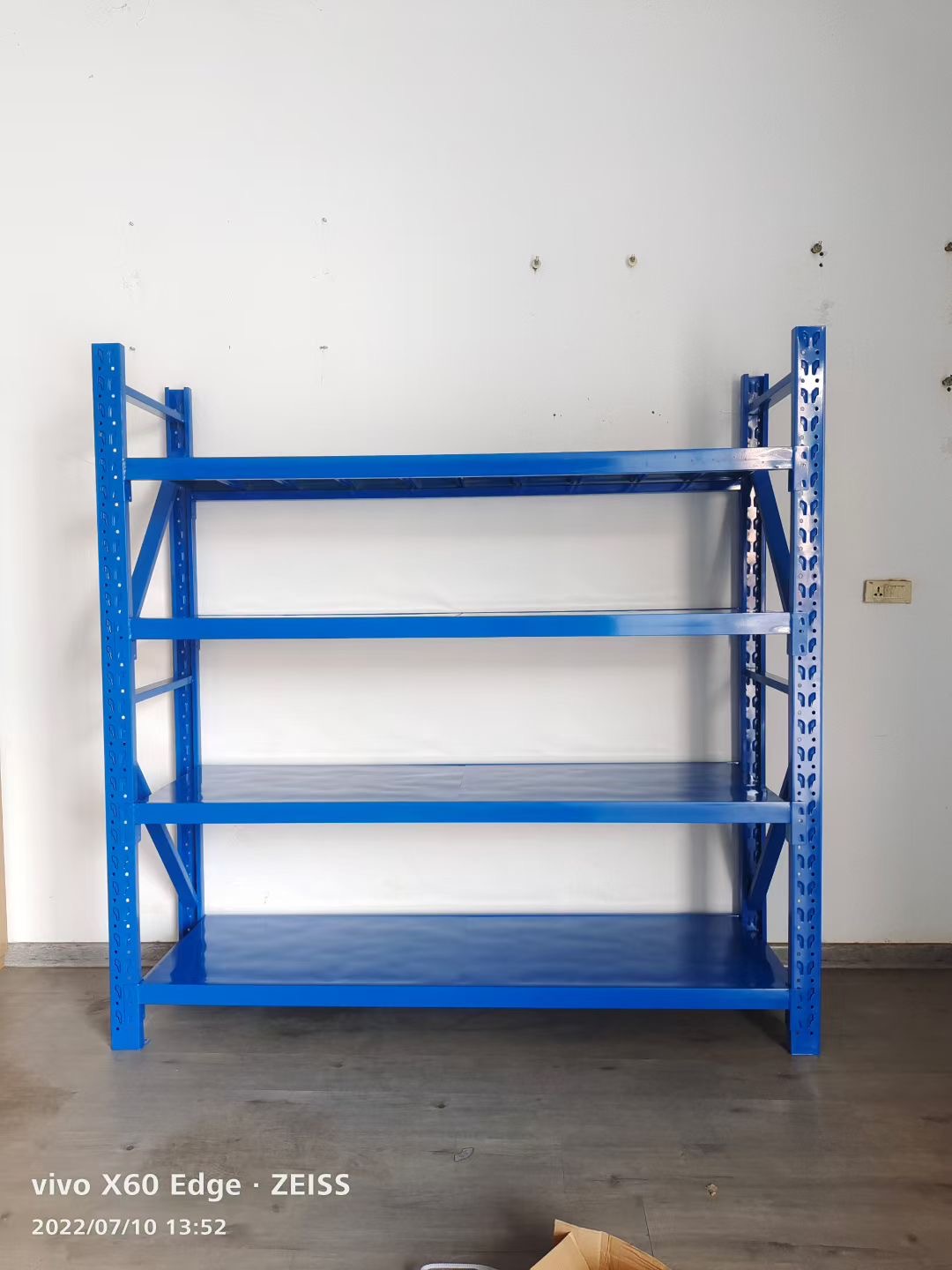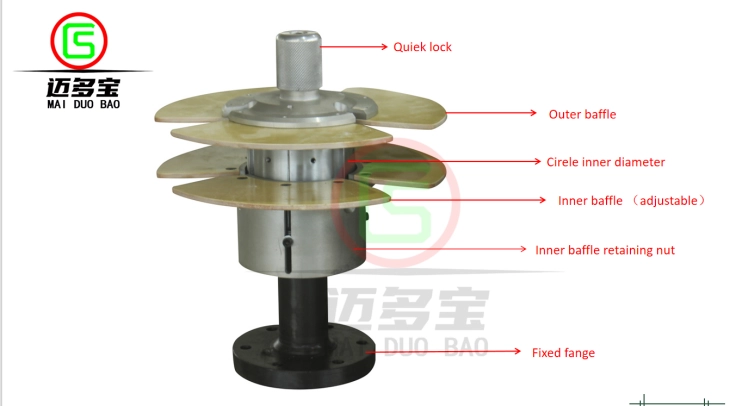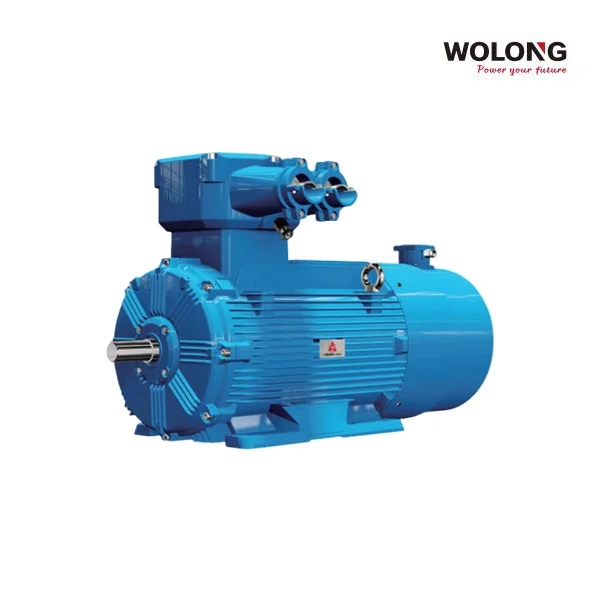Ink tank printers have gained immense popularity in recent years due to their cost-effective and efficient printing capabilities. However, one common concern among users is the longevity of ink in these printers. In this blog post, we will delve into the factors that determine how long ink in ink tank printers lasts and provide valuable insights to help you optimize your printing experience.
- Ink Quality and Composition:
The quality and composition of ink play a crucial role in determining its lifespan. Ink tank printers typically use high-quality pigment or dye-based inks, which are designed to resist fading and provide vibrant colors. Pigment-based inks generally offer superior longevity, making them ideal for archival purposes. On the other hand, dye-based inks are more suitable for everyday printing needs. - Printing Frequency and Volume:
The frequency and volume of printing directly impact the lifespan of ink in ink tank printers. Regular usage helps prevent ink from drying up or clogging the print heads. Printers with larger ink tanks can accommodate higher printing volumes, reducing the need for frequent ink refills. It is advisable to print at least a few pages every week to maintain optimal ink flow and prevent ink wastage. - Print Settings and Quality:
Print settings and quality settings also affect the longevity of ink in ink tank printers. Higher print resolutions and quality settings consume more ink, resulting in a shorter lifespan. Adjusting the print settings according to your specific requirements can significantly extend the ink's longevity. For everyday printing tasks, opting for standard or draft mode can help conserve ink without compromising on print quality. - Environmental Factors:
Environmental conditions, such as temperature and humidity, can impact the lifespan of ink in ink tank printers. Extreme temperatures and high humidity levels can cause ink to evaporate or dry up, leading to reduced longevity. It is essential to store your printer and ink cartridges in a cool, dry place to maintain optimal ink performance and longevity. - Printer Maintenance:
Proper maintenance of your ink tank printer is crucial for maximizing ink longevity. Regularly cleaning the print heads and performing nozzle checks can prevent clogs and ensure consistent ink flow. Additionally, keeping the printer firmware up to date and using genuine ink cartridges recommended by the manufacturer can enhance the overall performance and lifespan of the ink.
Conclusion:
The longevity of ink in ink tank printers depends on various factors, including ink quality, printing frequency, print settings, environmental conditions, and printer maintenance. By understanding these factors and implementing appropriate measures, you can optimize the lifespan of ink in your ink tank printer, ensuring cost-effective and high-quality printing for an extended period.





